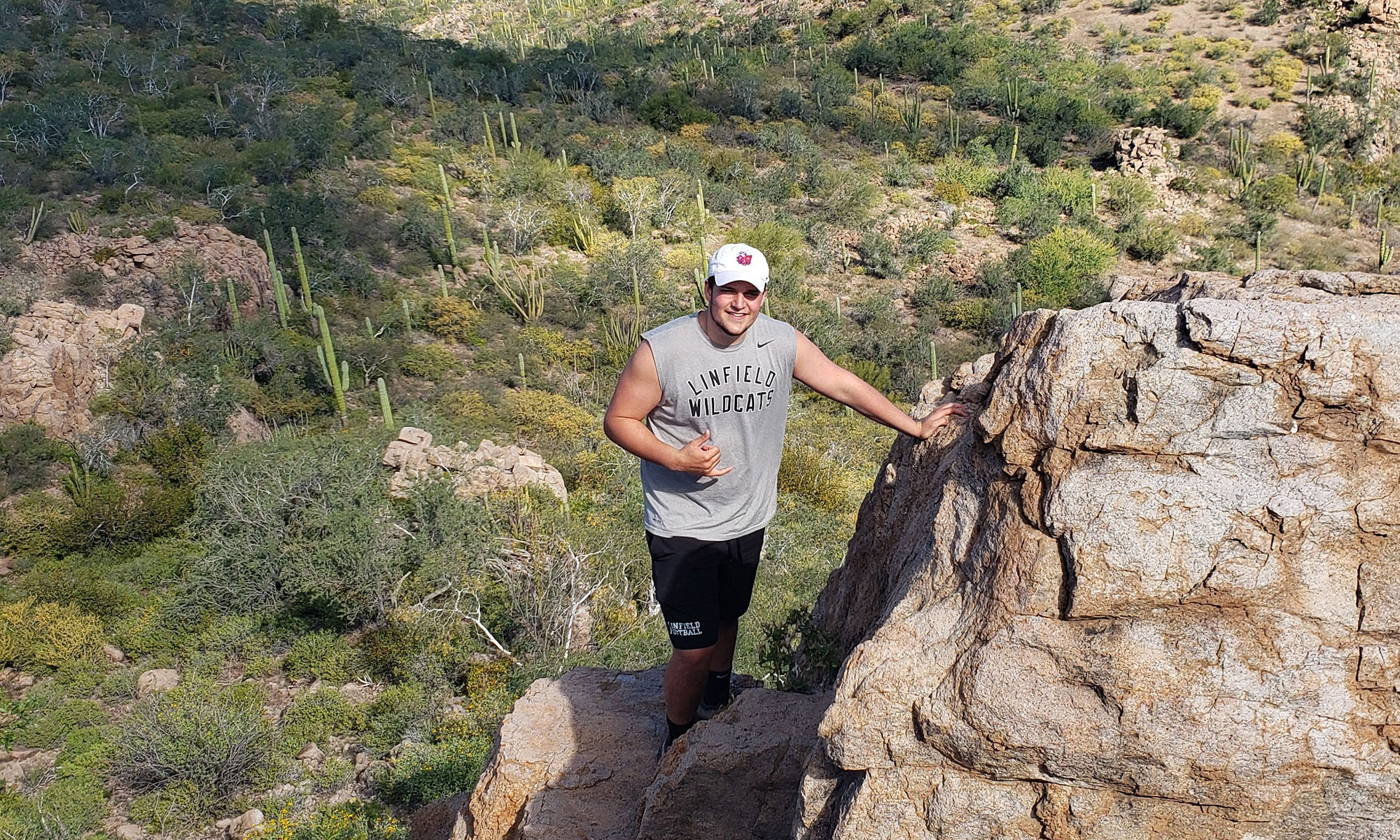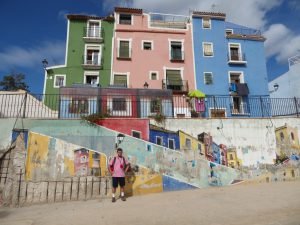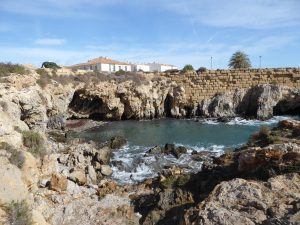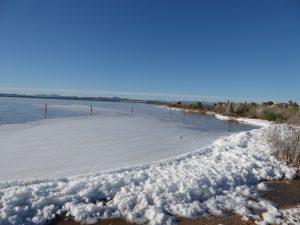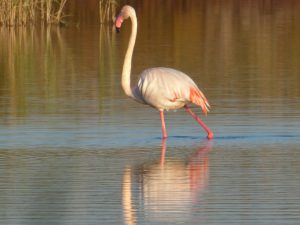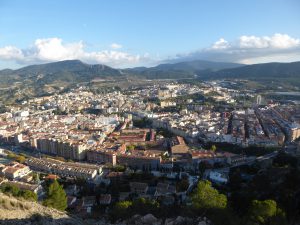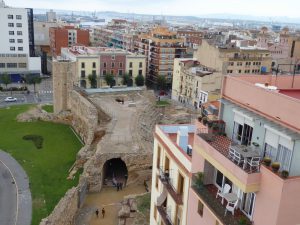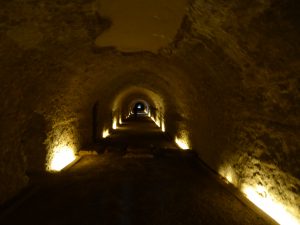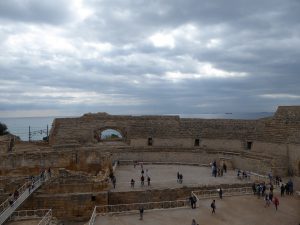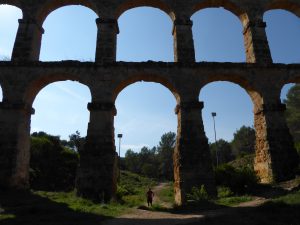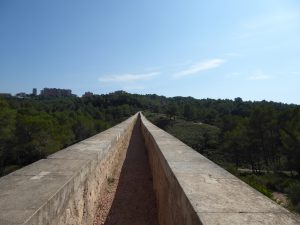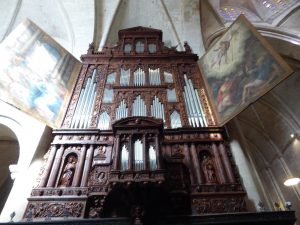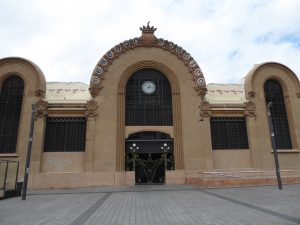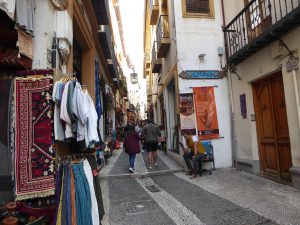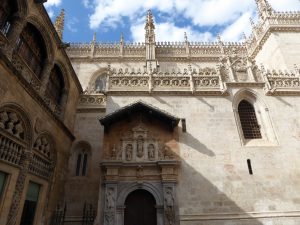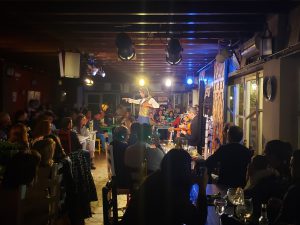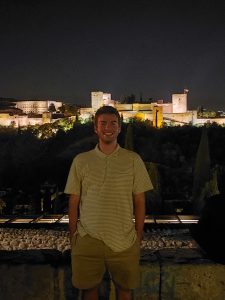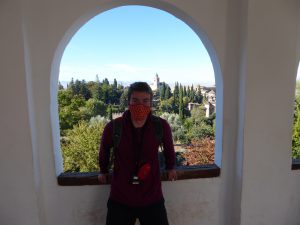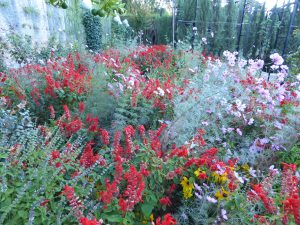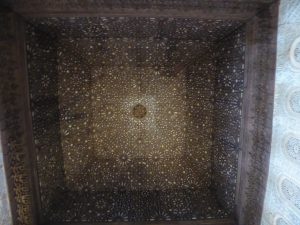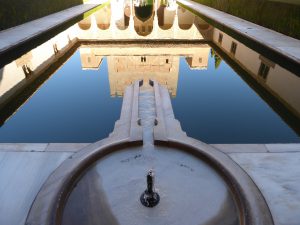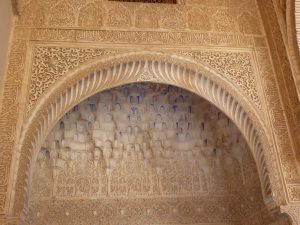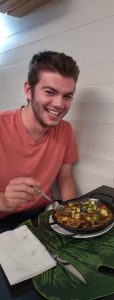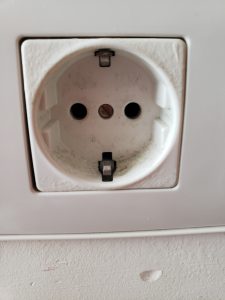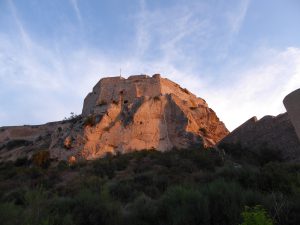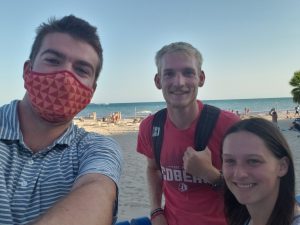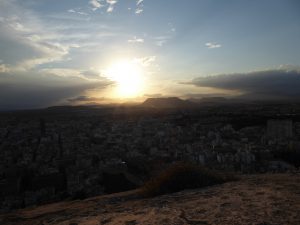Thursday December 16th, 2021, 12:26PM EST, JFK Airport NYC
I missed my flight back to the US.
Well, I guess study abroad wasn’t quite ready to get rid of me yet. And I did say I wanted to stay in Spain longer…
But really? Did it have to be THIS big of a CURVEBALL?
The day began yesterday at 5am Spanish time. I got up, said bye to my host family, and hailed a cab to the Alicante airport.
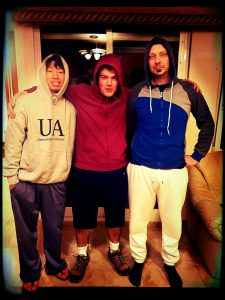
Our plane in Alicante arrived 15 minutes late, which is why I’m still not home with my family in Salem. From Alicante, we flew to Madrid, where we only had 40 minutes to run through passport control and to our gate.
The problem is that the airport in Madrid is huge, so by the time we got to the gate it was already closed. A woman even got on right before me, which just added to my frustration.
Two Linfield students managed to board the plane, so I was stuck with a classmate from New York and another Wildcat. We called our wonderful program director in Alicante and she told us what to do.
So, what did we do? We walked to help desks, waited in long lines, called our families, and contacted Linfield IPO. Thankfully, we managed to change our flight from Chicago to New York City. This meant that we didn’t have to worry about staying in Madrid and getting another COVID test.
We got our new flight tickets an hour before the scheduled departure. Plus, our gate was nearby so we were feeling pretty optimistic as we speed-walked.
And then we got to passport control. The line for non-EU residents was ridiculous. People were crammed in and pleading with airport employees to speed up the line. Some people were crying, others were cutting in line, and lots of boos and jeers were hurled towards the cutters. All of this unfolded as we watched the time tick past our scheduled flight time…
Defeated and discouraged, we made it through passport control five minutes after our flight was supposed to leave. The three of us sprinted to the gate in hopes that there was some kind of delay…
And there WAS a delay!!! Apparently 20 other passengers hadn’t yet boarded the plane, causing the delay. We boarded the plane breathing heavy sighs of relief because we knew that we would be back in the US that night.
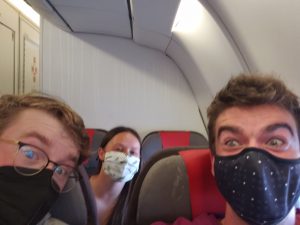
Upon arriving at JFK airport, we sorted out our situation. Linfield IPO reserved and paid for a hotel, dinner, and transportation for me and my fellow Wildcat (super grateful). And we hugged our friend from New York goodbye. We were glad to see her make it home that night, even if we didn’t.
We ended up taking a taxi to our hotel, which was only a couple miles from the airport. Exhausted and hungry, we collapsed on our beds and put in an order for delivery pizza.
New York City is a strange place. Our pizza was arriving late, so we called to check the status of our order. The guy who answered had a really thick New York accent, which made it hard to understand him. Honestly, I would have understood him better had he been speaking Spanish, but I did catch the words “in a few minutes.”
We ate our pizzas and slept, although it was hard to sleep because of the noise from the heater and the street. This morning we got up, ate our leftovers, and called a cab. After 15 minutes of waiting for the cab we called a Lyft, which arrived 2 minutes later to take us back to JFK airport.
After some navigating around, we arrived at the terminal to get our boarding passes. The line was hectic and after waiting around, we were told by an airline worker that it was too early to get our boarding passes.

And that leads us to where we are now, on the floor of the JFK NYC airport. Airline bureaucracy has been a pain but in spite of our challenges, I’m reminded of how lucky I am. I have a wonderful support system (Linfield IPO, Spanish Studies Abroad, and my family and friends) and there are nice airline workers and fellow passengers willing to help out.
I’m coming home, Oregon! With patience and time. More updates to come.
**********************
Sunday December 19th, 2021, 1:57AM PST, Home in Salem!!!
After over 50 hours of intense international traveling, I arrived at my house in Salem, Oregon on Friday morning. Things went smoothly on Thursday, but I had to do a lot of waiting: waiting eight hours to board the flight, waiting seven hours on the plane, waiting to file a claim for my luggage (stuck in Madrid for some reason), waiting an hour for the car ride with my parents to end at our home…
But hey, I made it!!! At 1:30AM Friday…in Salem. Home.
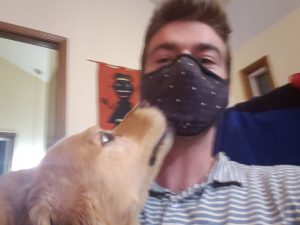
I’d never imagined that my study abroad experience would end on such a hectic note. I thought that if anything, there might be a problem with COVID.
However, I think that my study abroad experience has been one of those “expect the unexpected” kind of deals. COVID delayed my study abroad twice. A volcano on the Canary Islands erupted on my third day. I got stitches for the first time. Missing buses and trains. The Omicron variant. And then, my flight.
One could say that the unexpected has been a curse to my study abroad experience. And while I could dwell on the occasional (or frequent) misfortune, I’m choosing not to. I had a WONDERFUL experience: made lots of friends from all over the world, improved my Spanish, gained a lot of intercultural knowledge, and traveled.
In short, the curveballs were a test in resilience, moral fortitude, and compassion. It was easy to get overwhelmed by mishaps, but I managed to pull through. And I’ve got to admit, I feel pretty proud of myself for doing so. Before studying abroad, I didn’t know that I was capable of solving such complex real-world problems.
So here I’ll say it: studying abroad is a GREAT experience. Not just when things go well, but also when the dookie hits the fan and you’re left trying to clean up the mess. It’s all just about learning and growing, living and loving, smiling and laughing…
Well, it’s 2AM now. My sleep cycle is messed up, but at least I’m home. I’d hate to end my blog on such a bummer note, so I’m going to get some rest and do a post about my last month in Spain (excluding flight stuff).
Hasta entonces,
A very tired David Magnello
